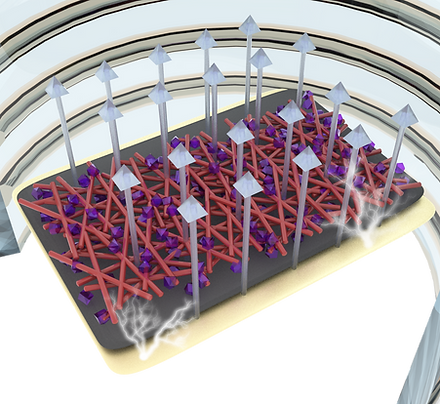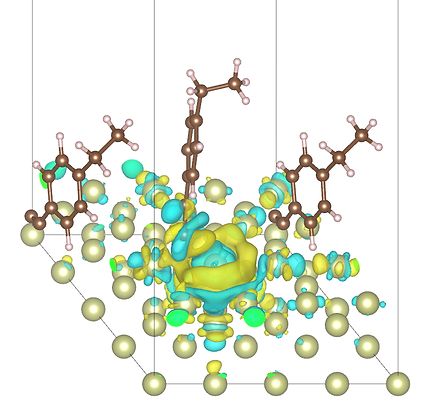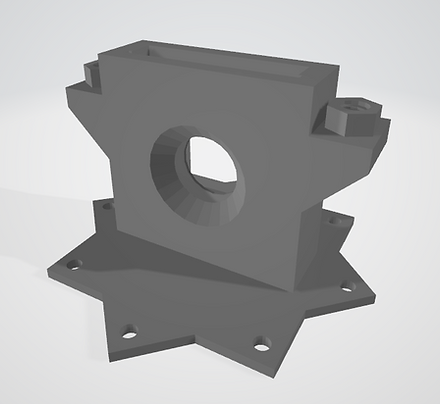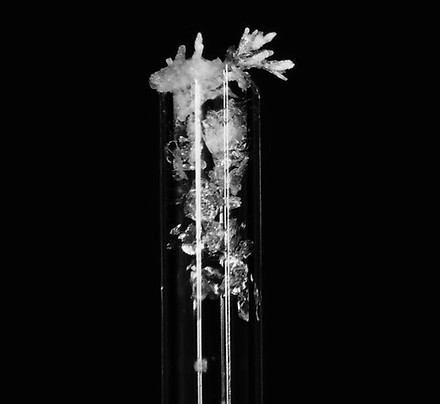Research
My current interests concerntrate on Synthesis of Electrocatalysts and Thoeretical Calculations.
Structure of electrocatalysts
Carbon based materials
Part of my interests focused on the fine structures of electrocatalysts, especially on the atomic coordination. Check my related publications:
ACS Catal. 2020, 10, 14, 7584–7618
Curr. Opin. Electrochem. 2020, 21, 46-54

Ultrafast synthesis of catalysts
by using Magnetic Induction Heating
Spent over two years, we finally invented a new method to synthesize electrocatalysts: Magnetic Induction Heating (MIH)! The heating temperature can be deliberately increased to ~1700 K within 10 seconds. We are expected to develop electrocatalysts with unique structures by using this technique. Check my related publications:

DFT Calculations
for electrocatalysts
I can use Quantum Espresso to theoretically investigate the structures and the electronic properties of the electrocatalysts. I can do several calculations including: structure relax, adsorption analysis, band calculations, density of states (DOS), Bader charge analysis, nudged elastic band (NEB) calculations. I have assisted with several projects and provided important insights into the electrocatalysts. Check my work:

Works related to in situ XAS
from SSRL
I designed an in-situ electrochemical cell by using Autodesk 3ds Max and further used a 3D printer (Prusa Mini) printed it out.
More work is expected to be done!

Research during undergraduate study.
Crystallization analysis
for Sodium Sulfate
In-situ observation of crystallization of sulfate.
Loading...
